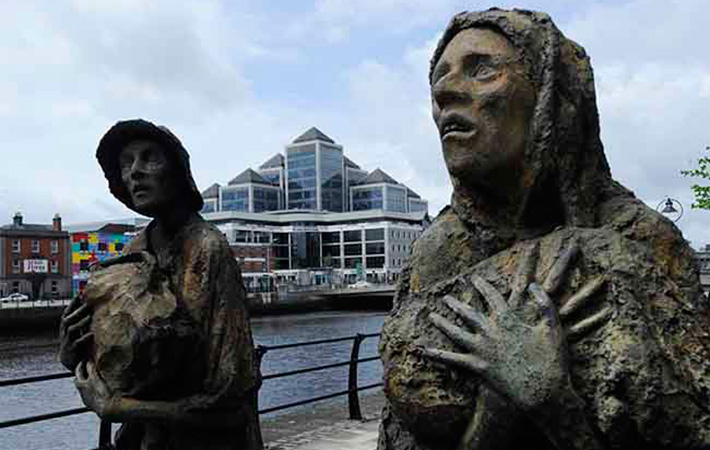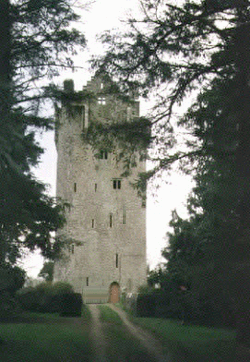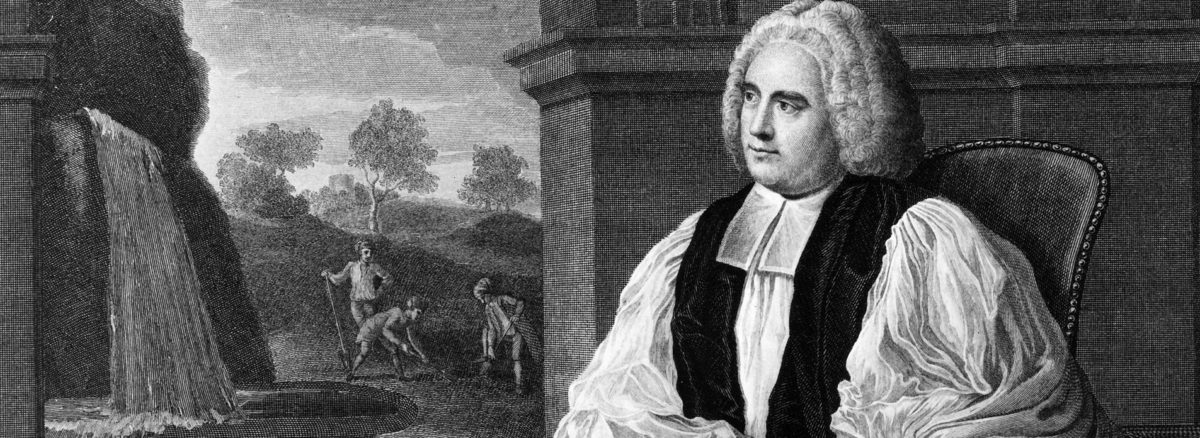Ireland experienced a number of famines during the 18th and 19th century, the most severe being 1846 – 1849. The following explanations have been offered for this period;
- failure of the potato crop due to blight
- overpopulation
- machination in agriculture causing unemployment in rural areas
- bad government and oppressive government
To examine all of these separately would not give a complete answer as any one of them would not of itself cause starvation. There is no wisdom like the wisdom of hindsight so it is in hindsight that we attempt to give a fair and accurate account of events in England in Ireland in the years 1845 -1848 that caused over 6 million people to die of starvation in 3 years. Continue reading “The Great Famine – Why did it happen ?”




